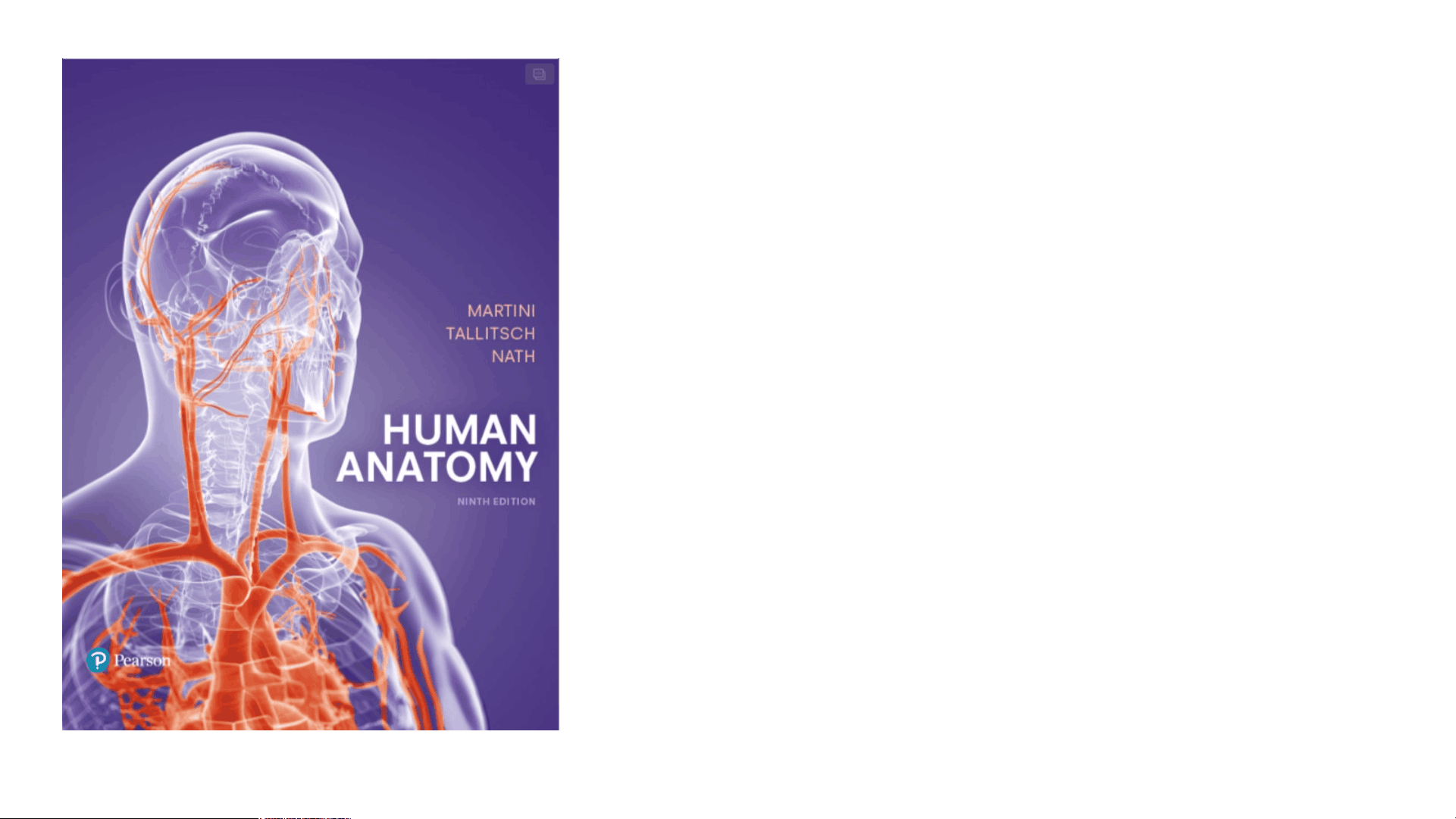
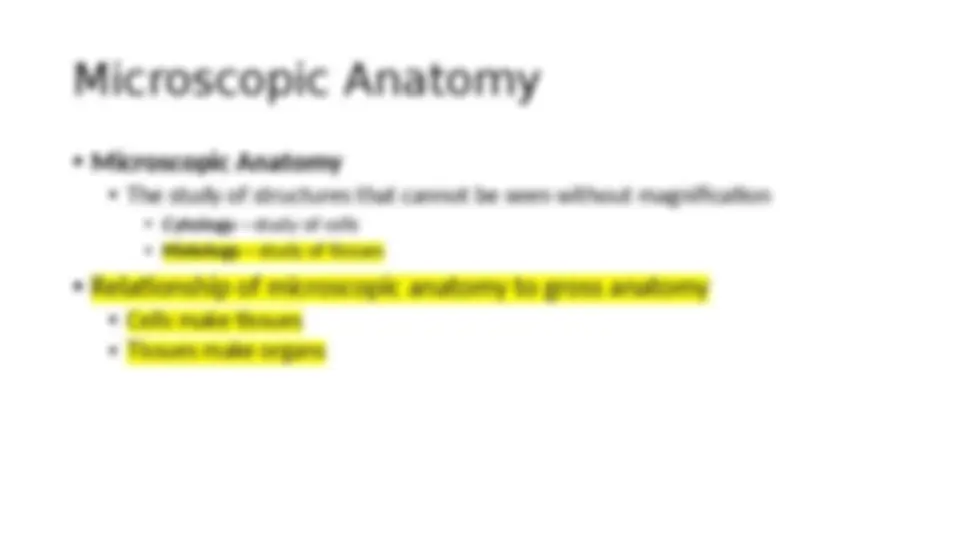
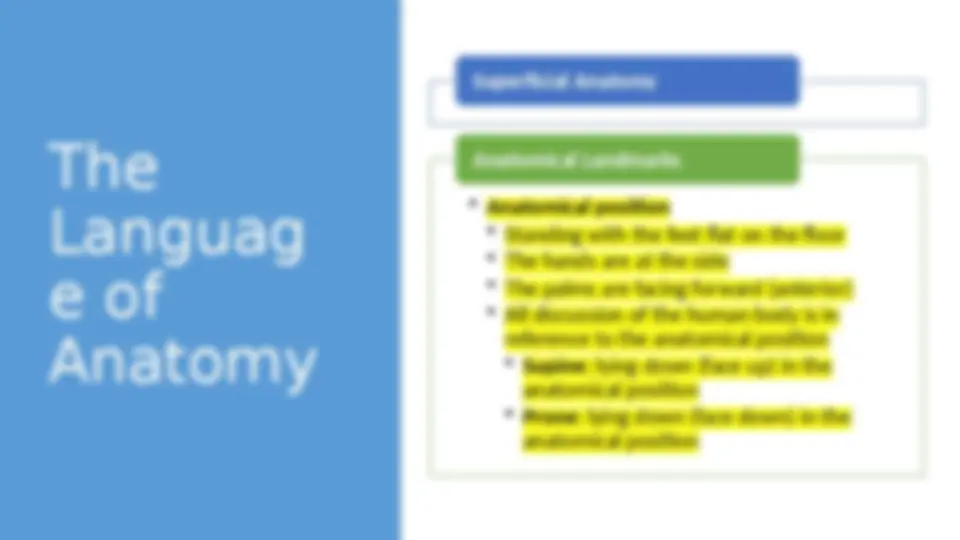
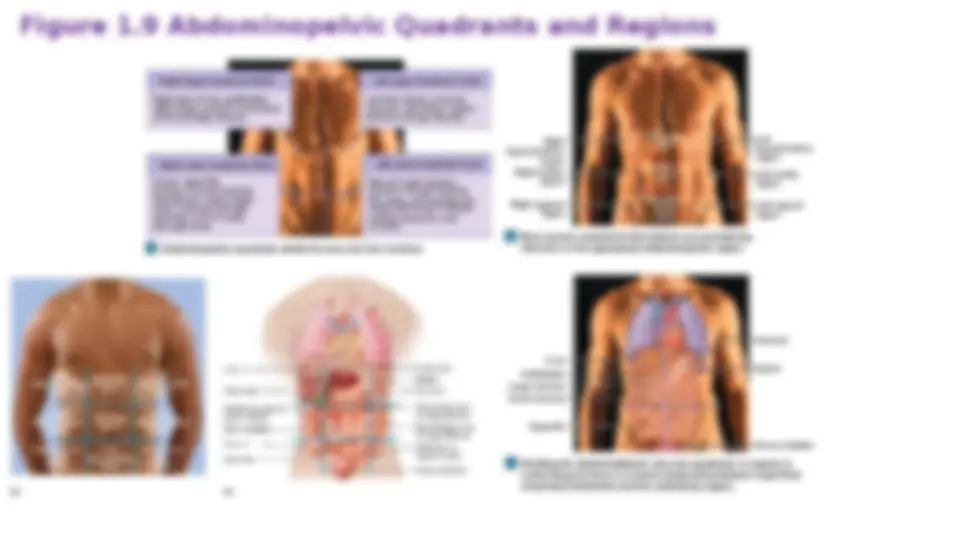
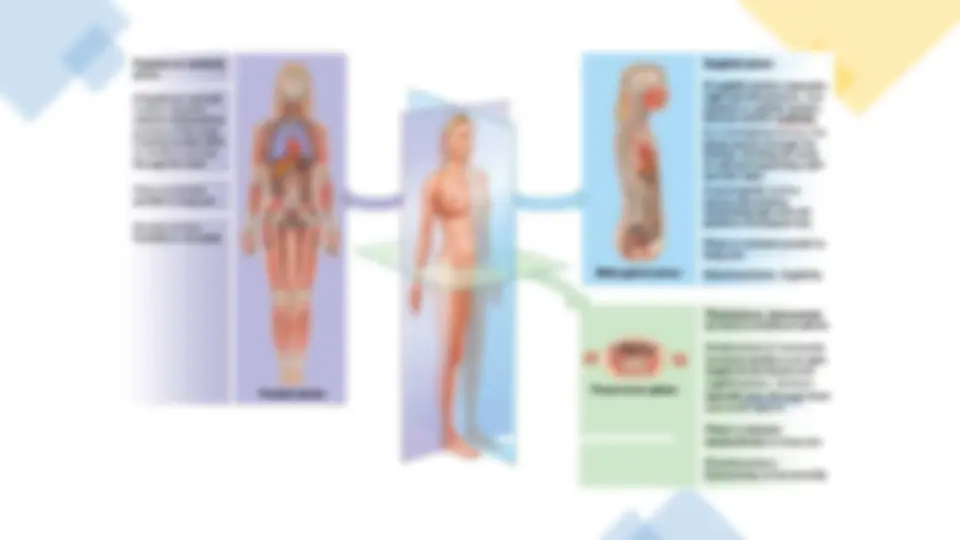
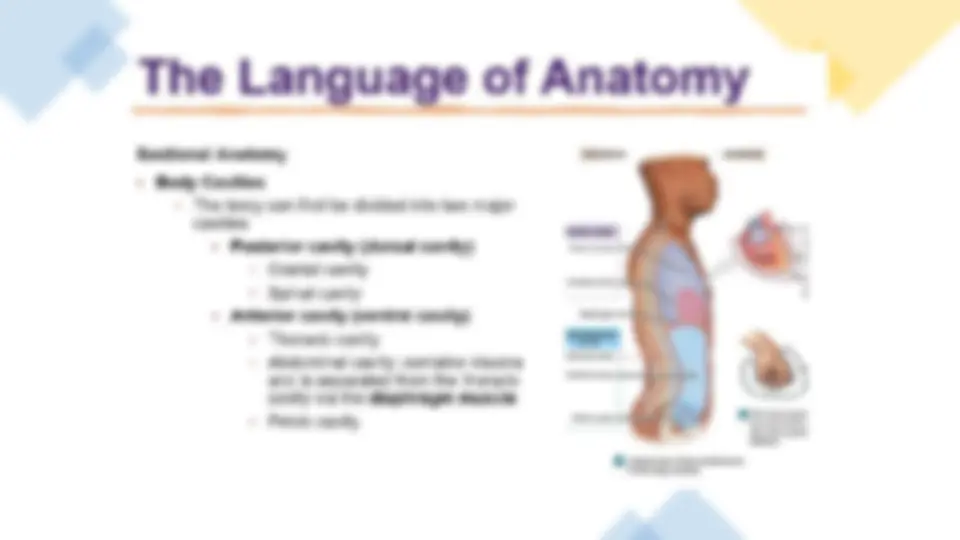
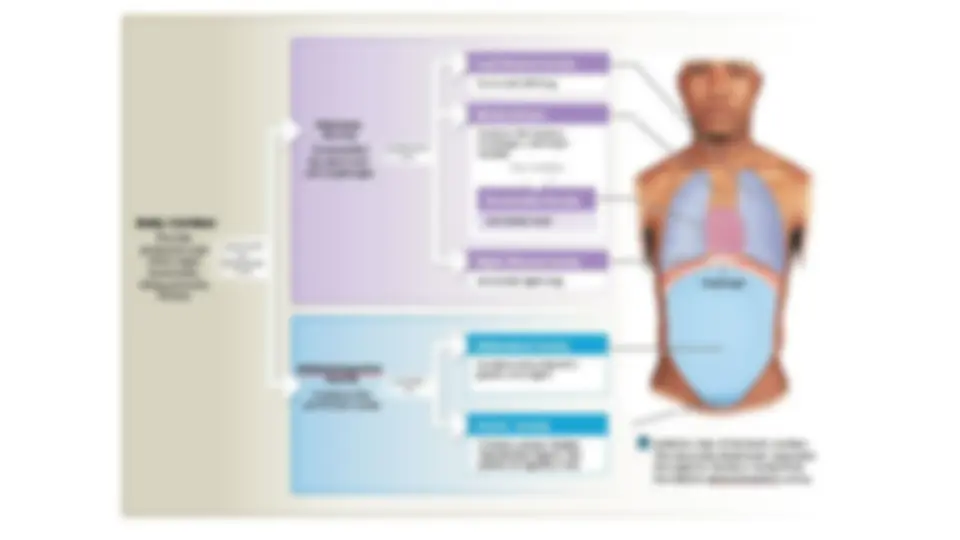
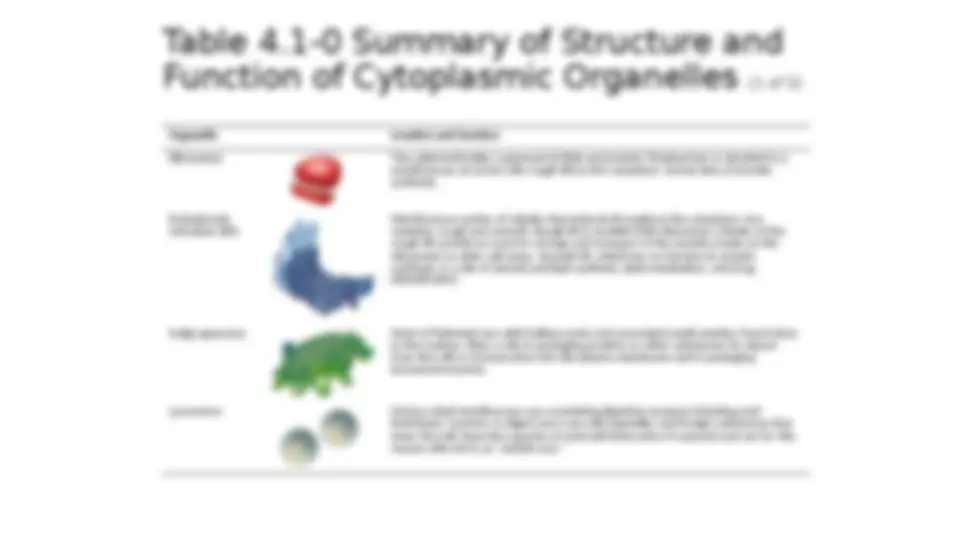
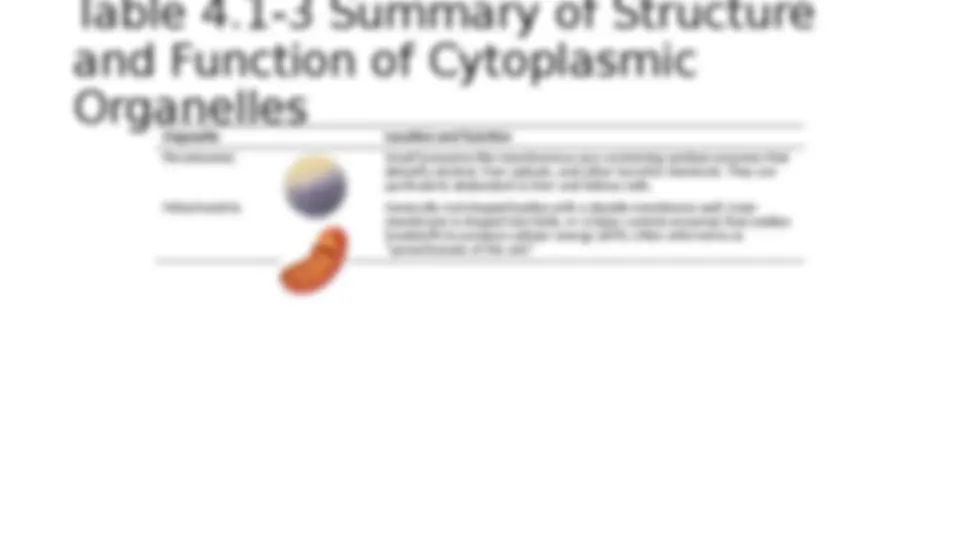
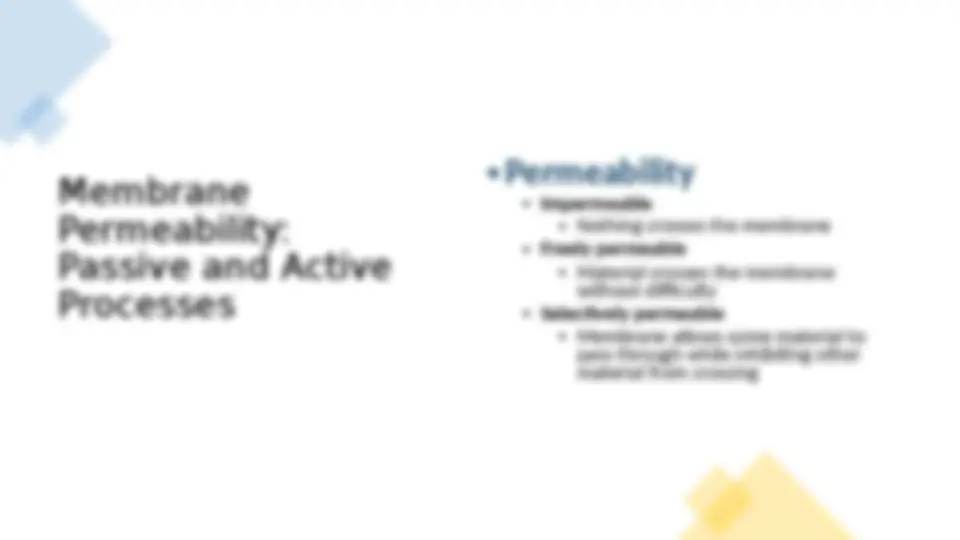
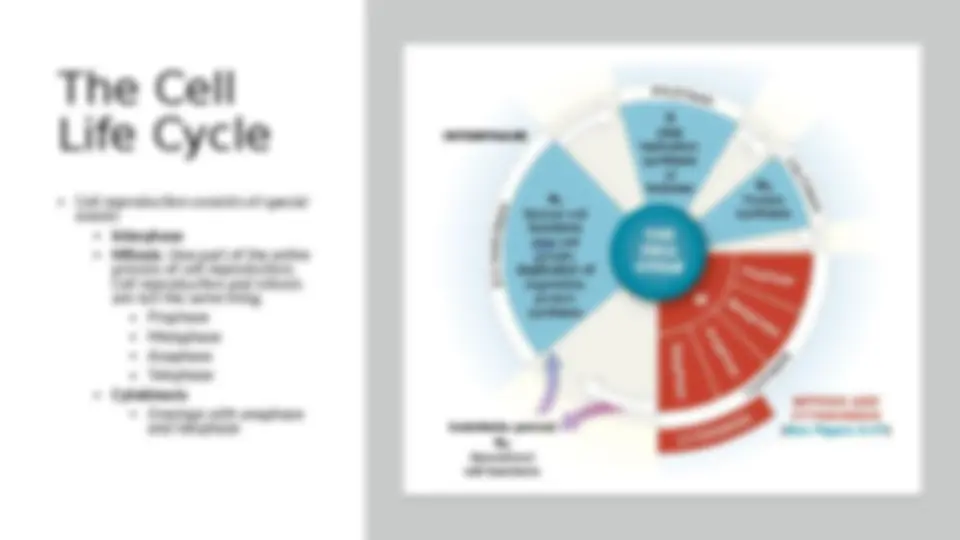
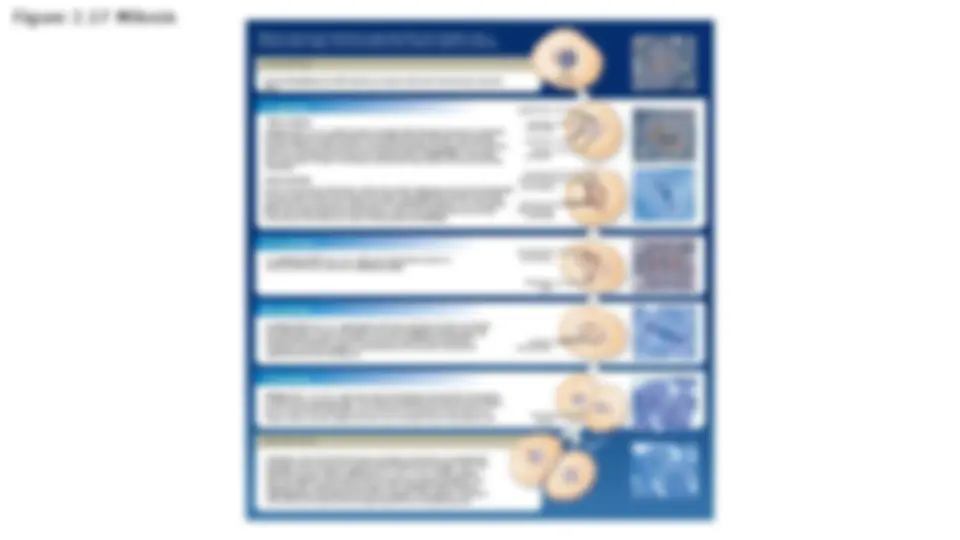
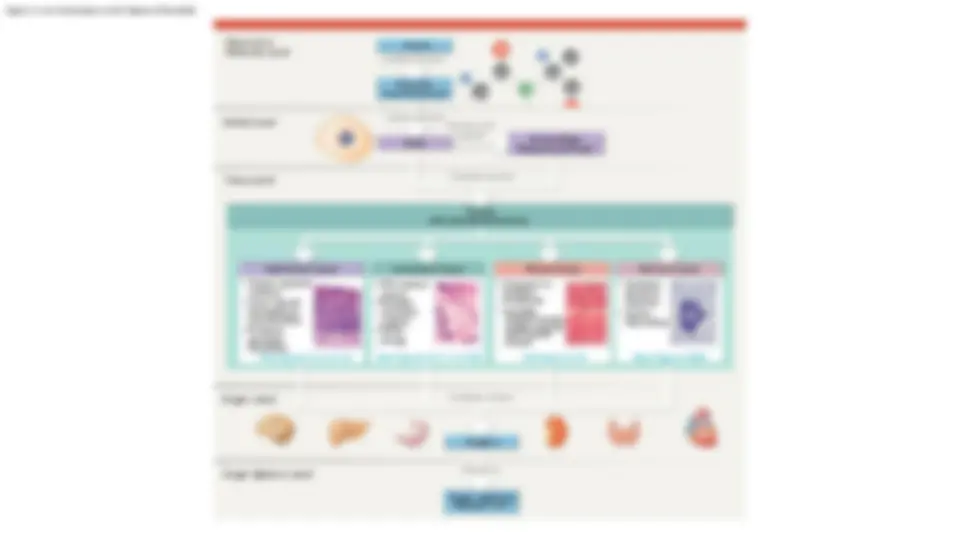
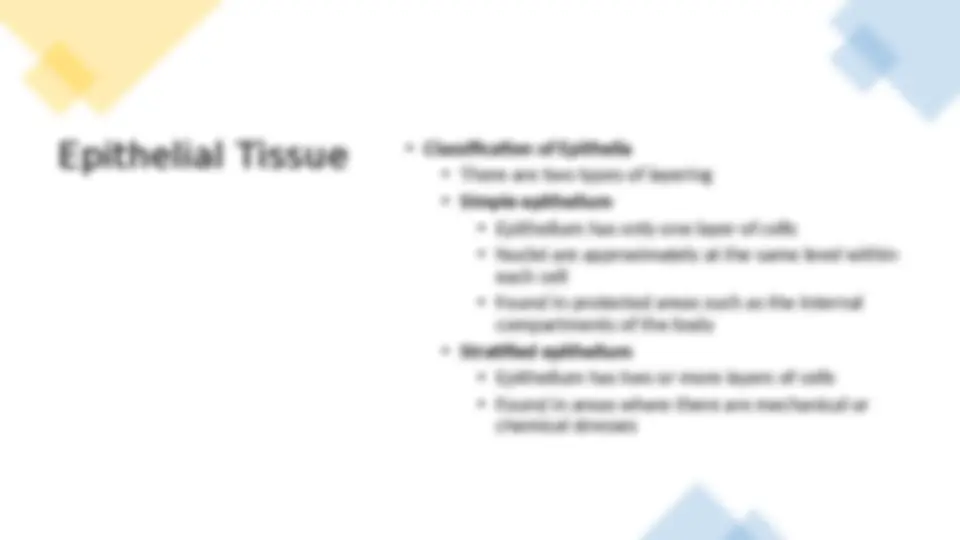
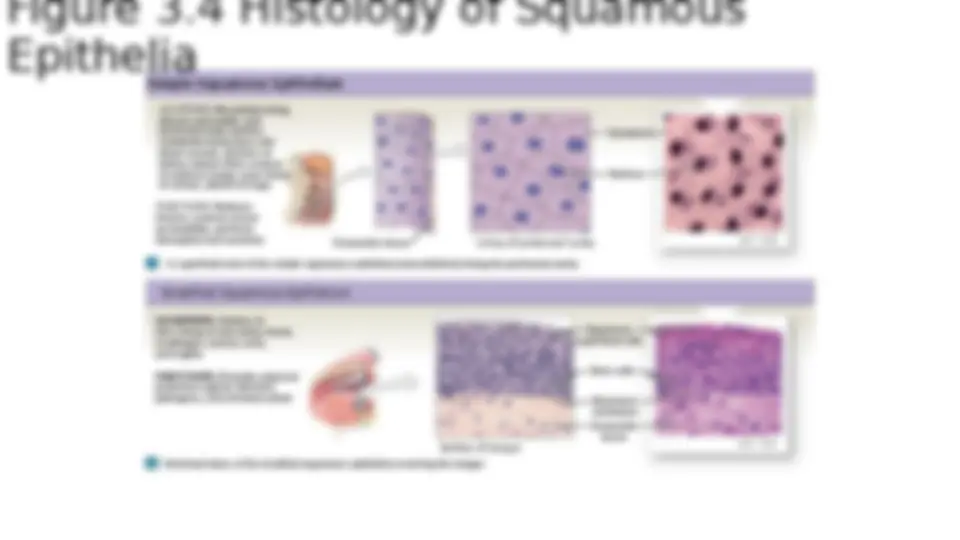
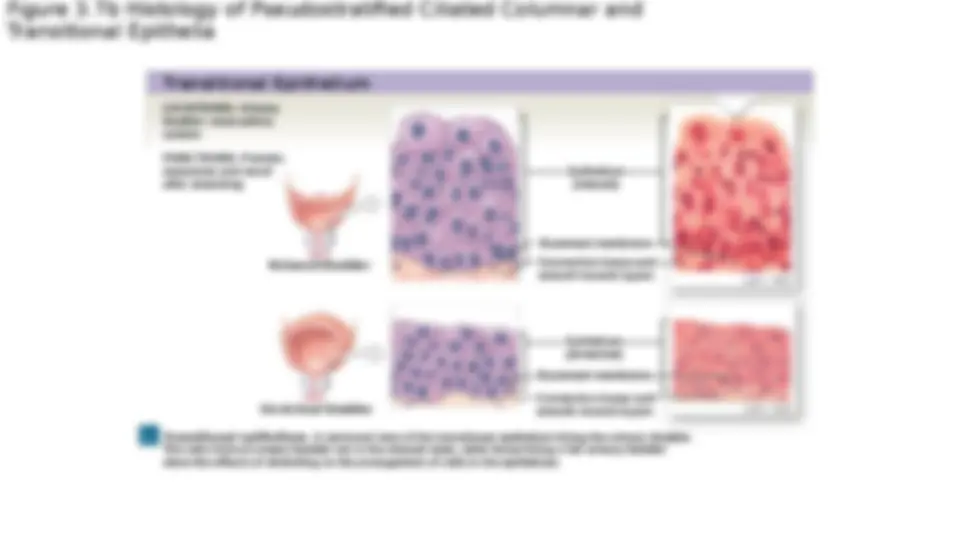
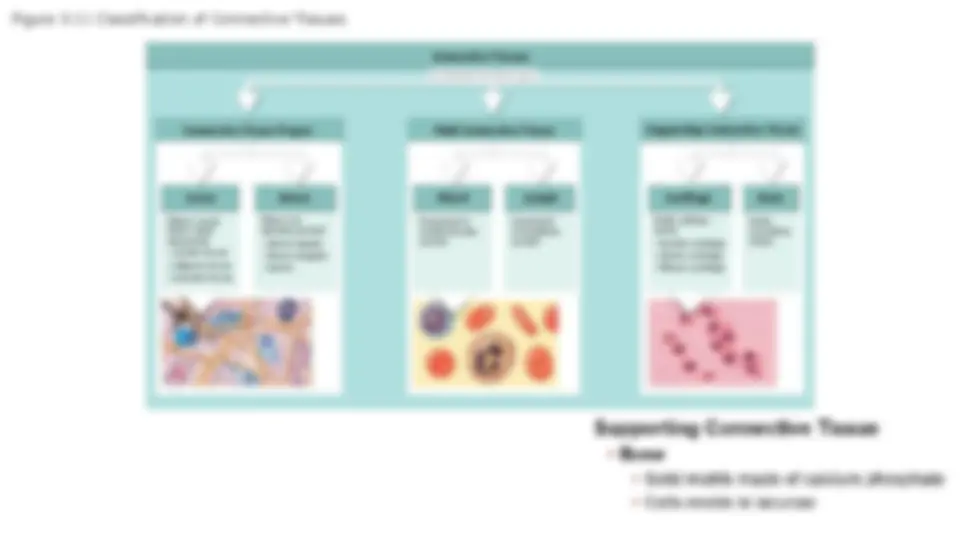
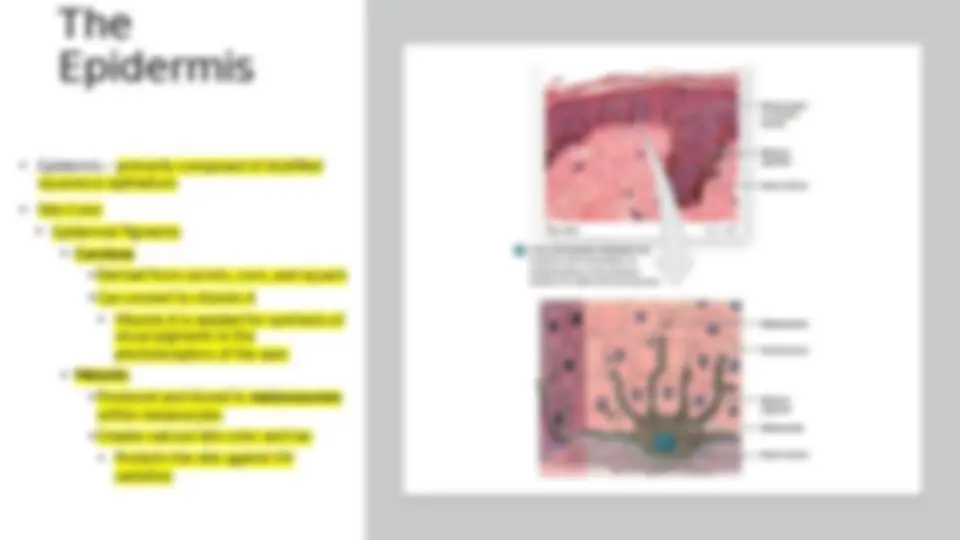
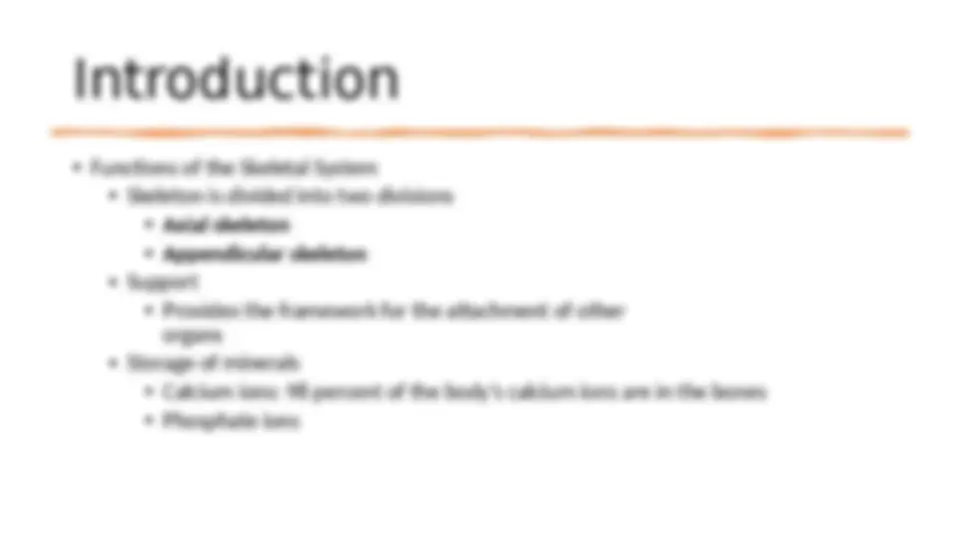
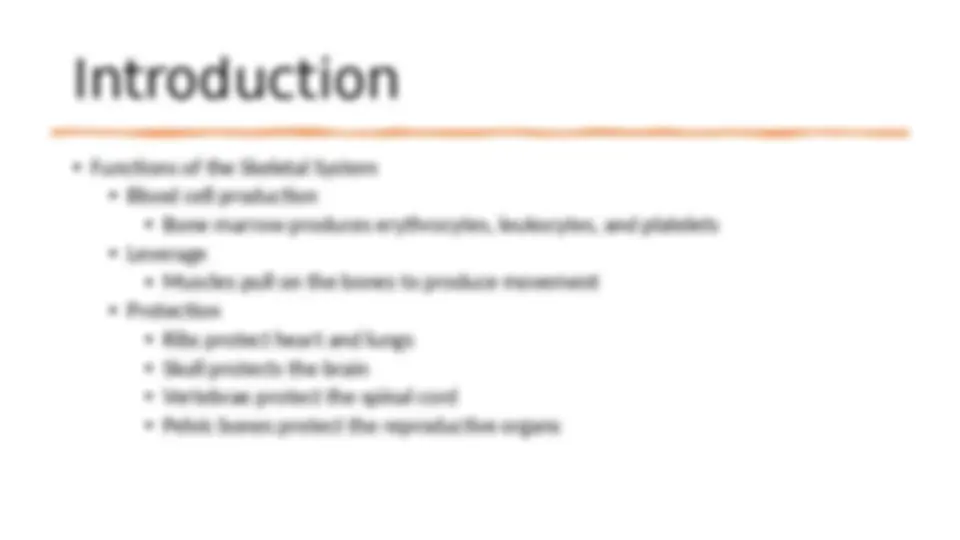
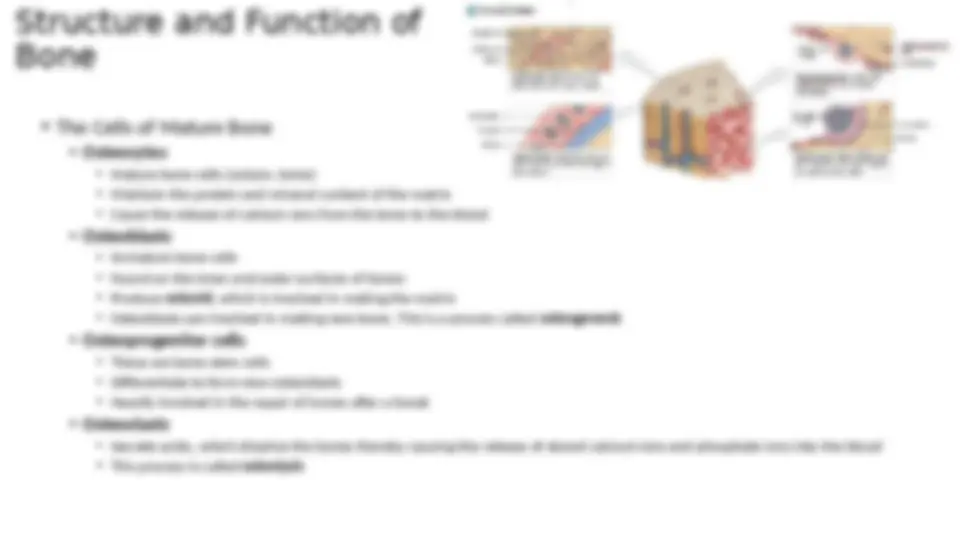
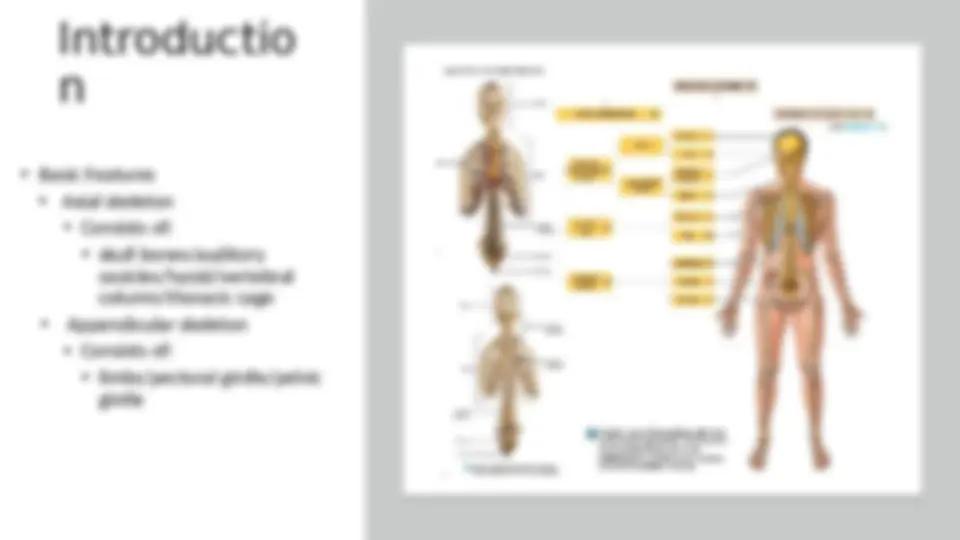
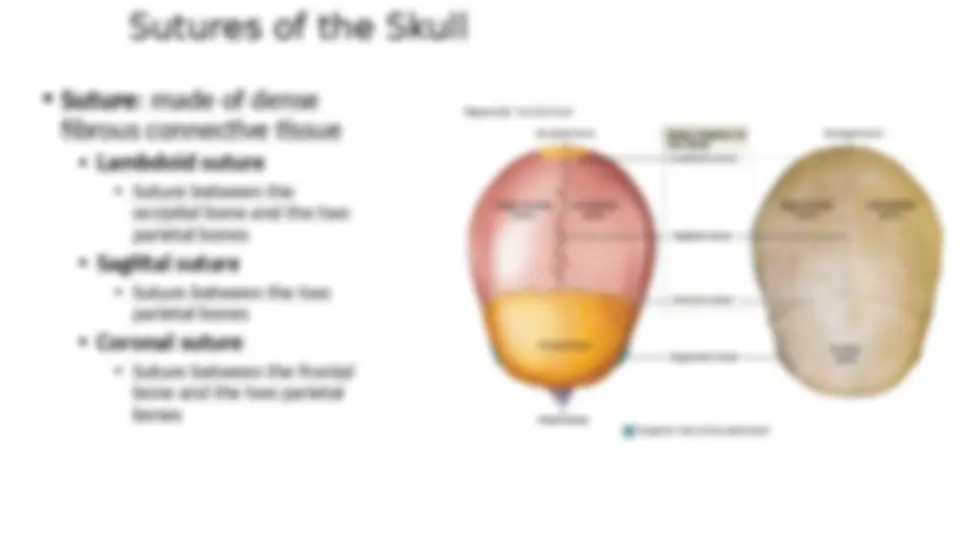
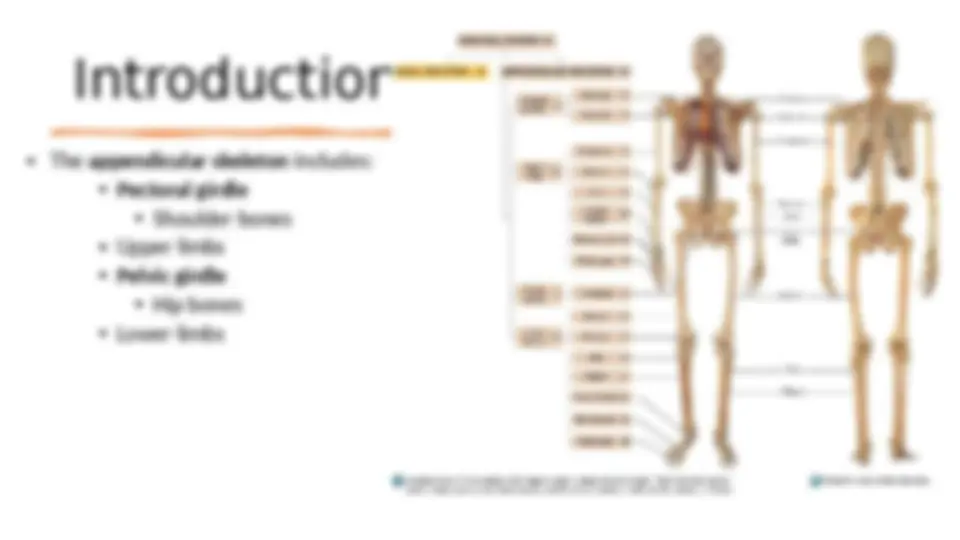
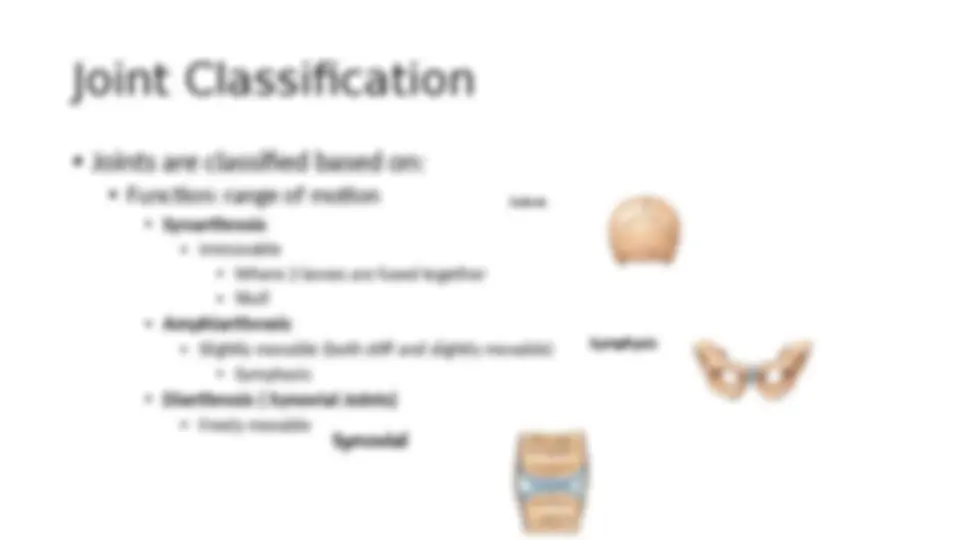
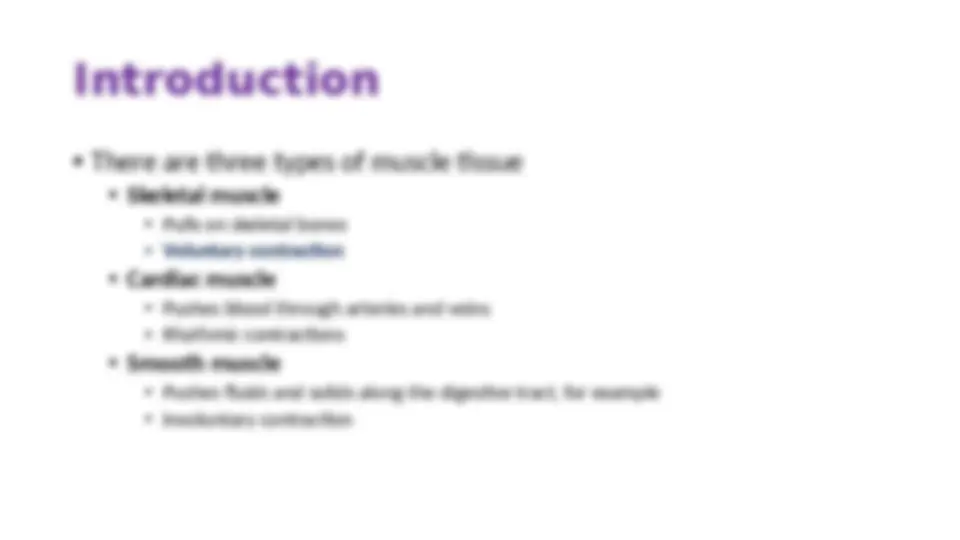
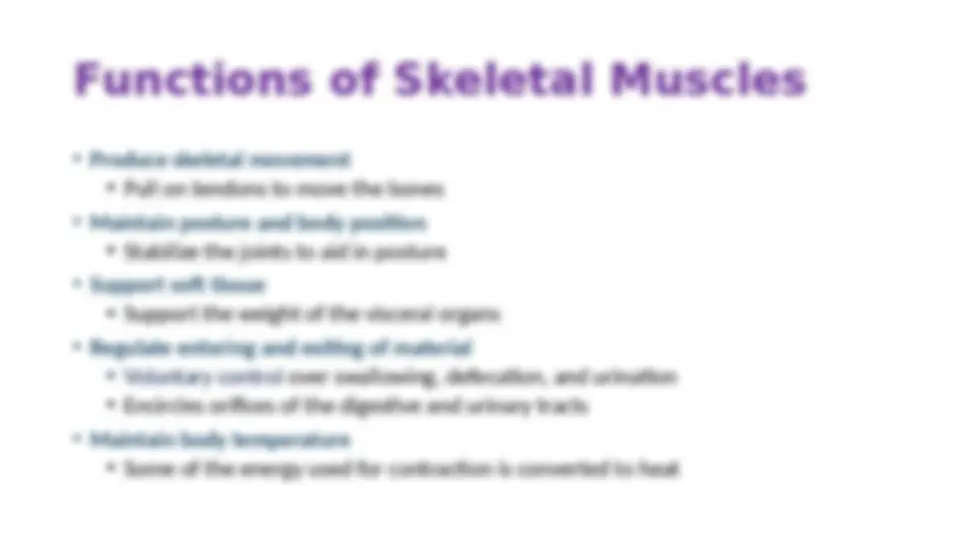
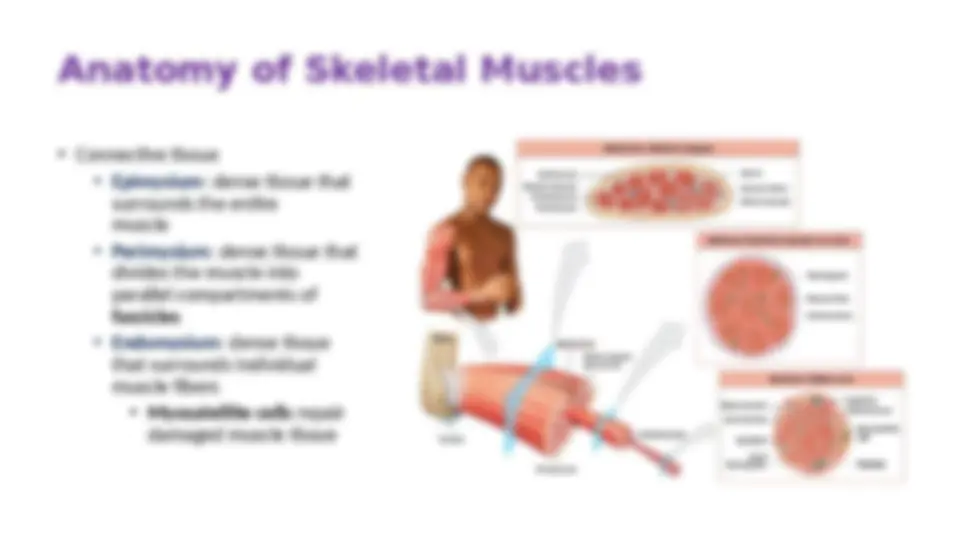
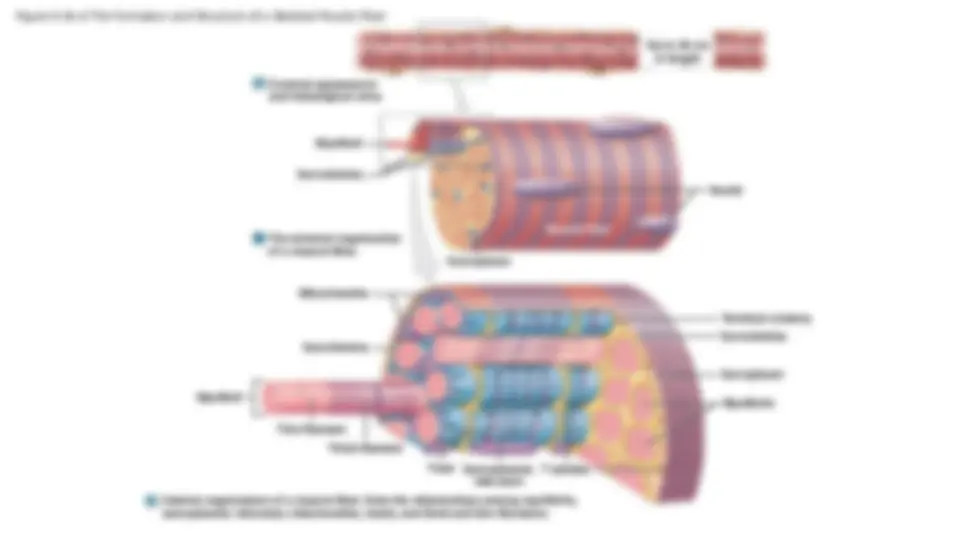
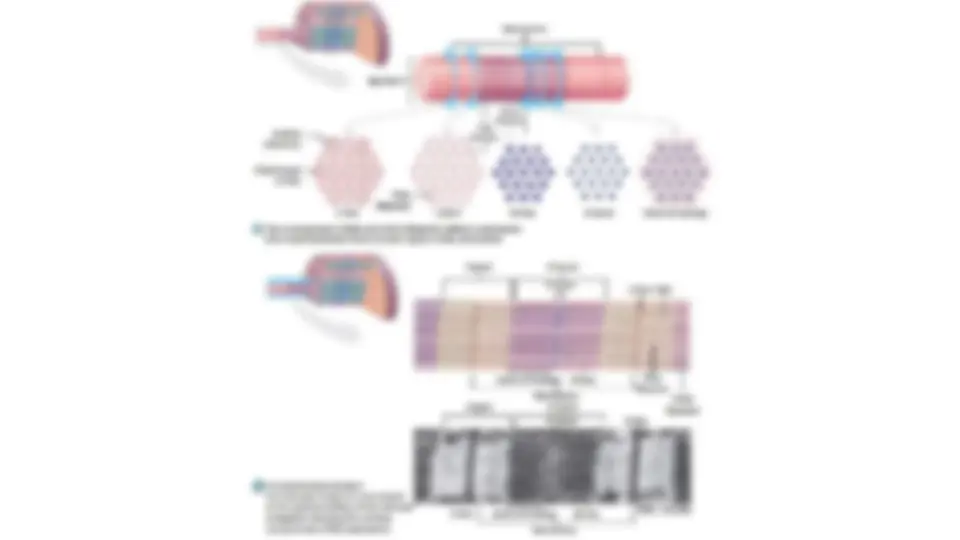
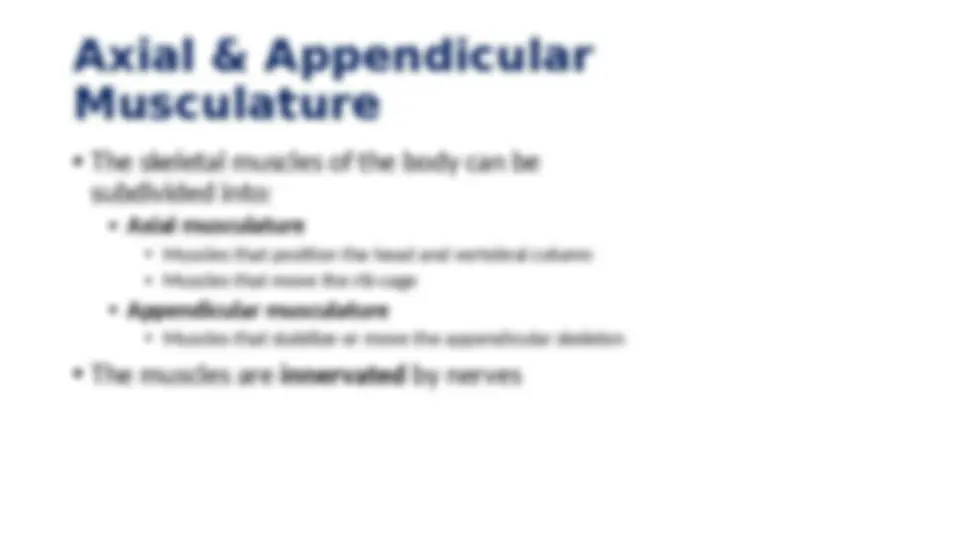
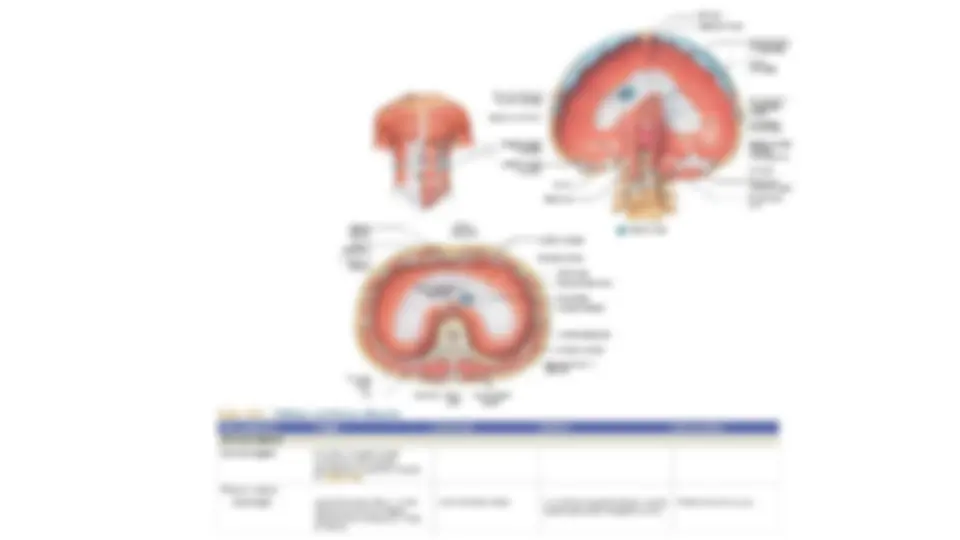
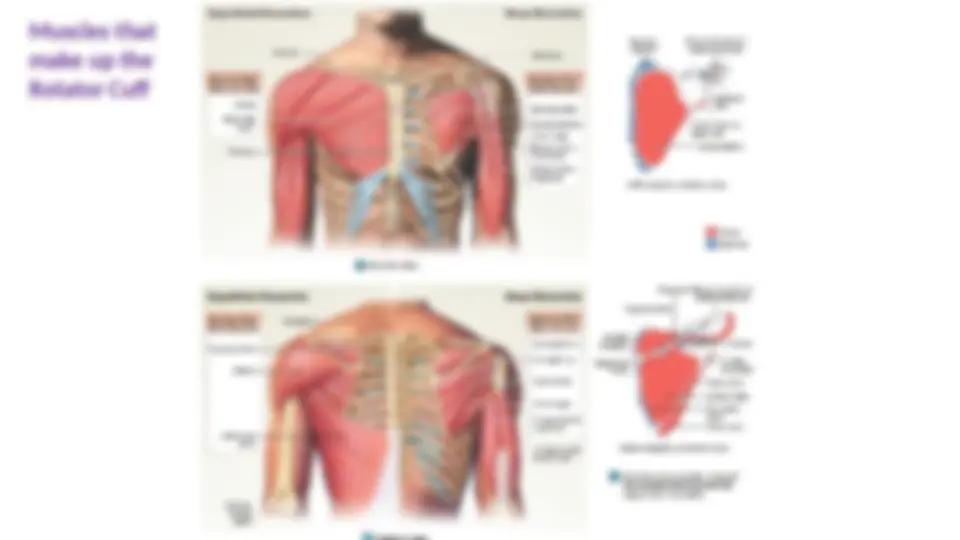
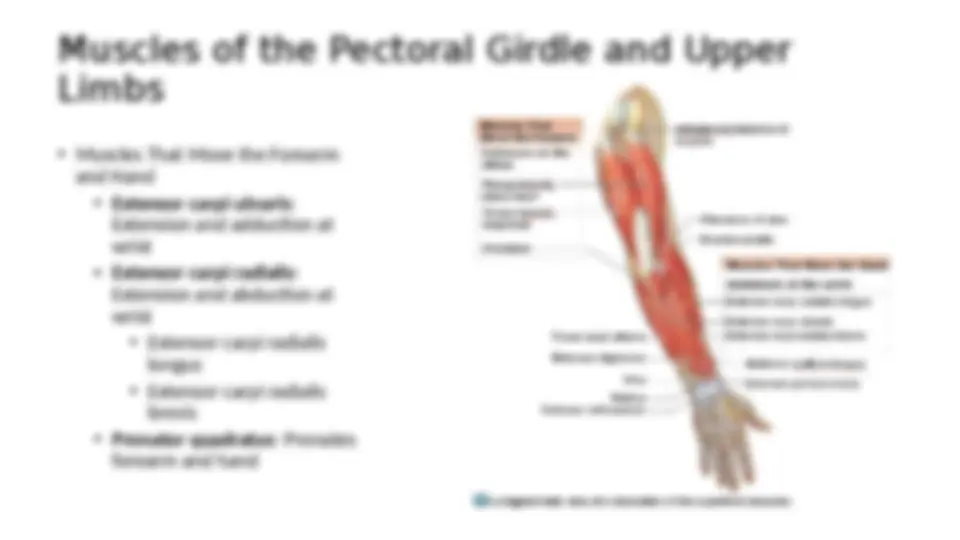
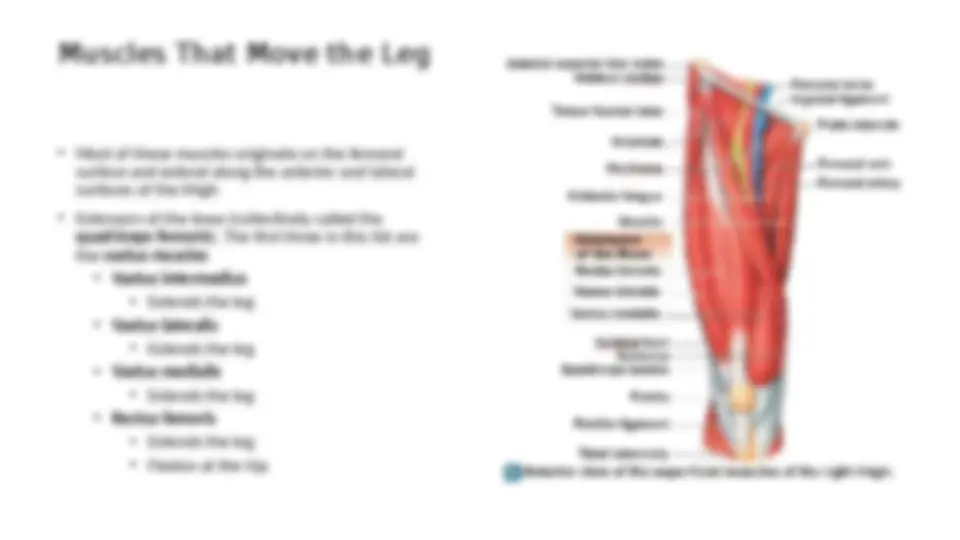
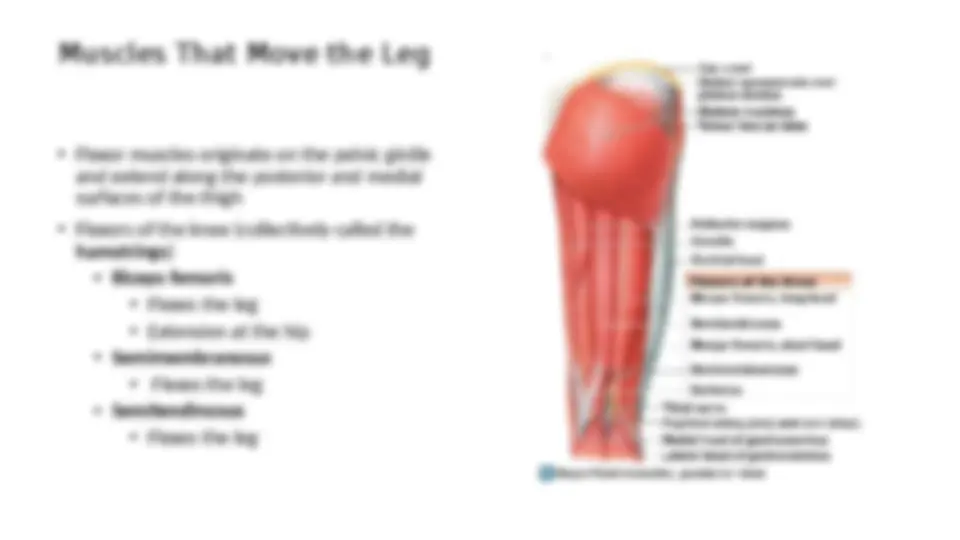
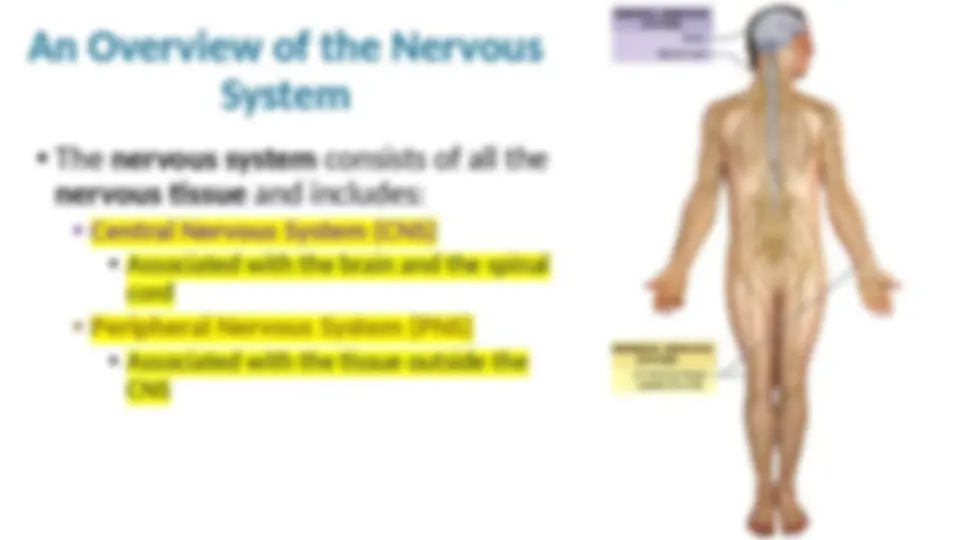
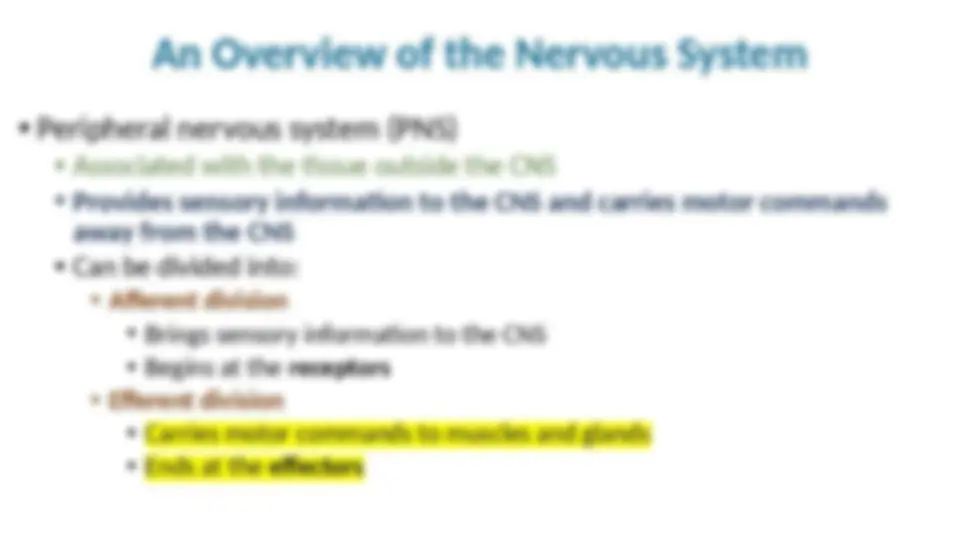
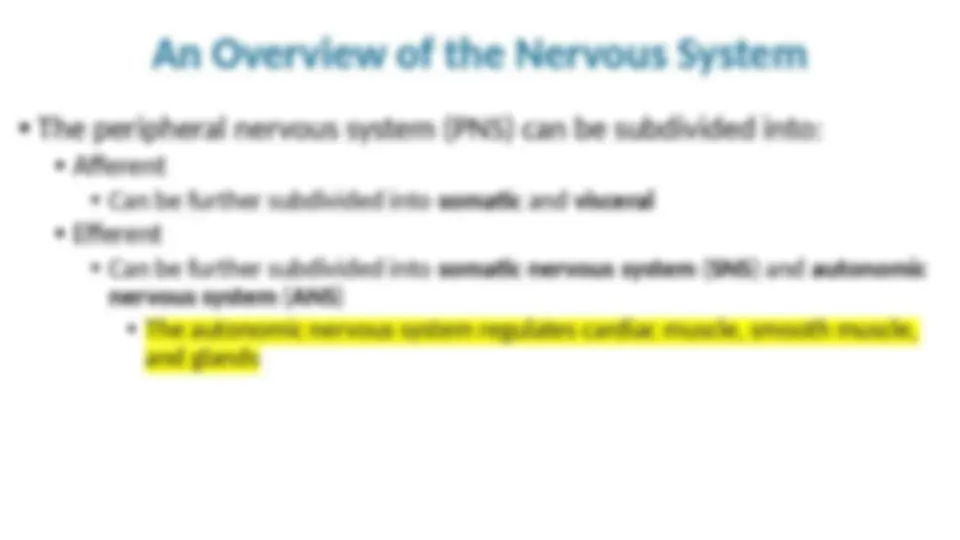
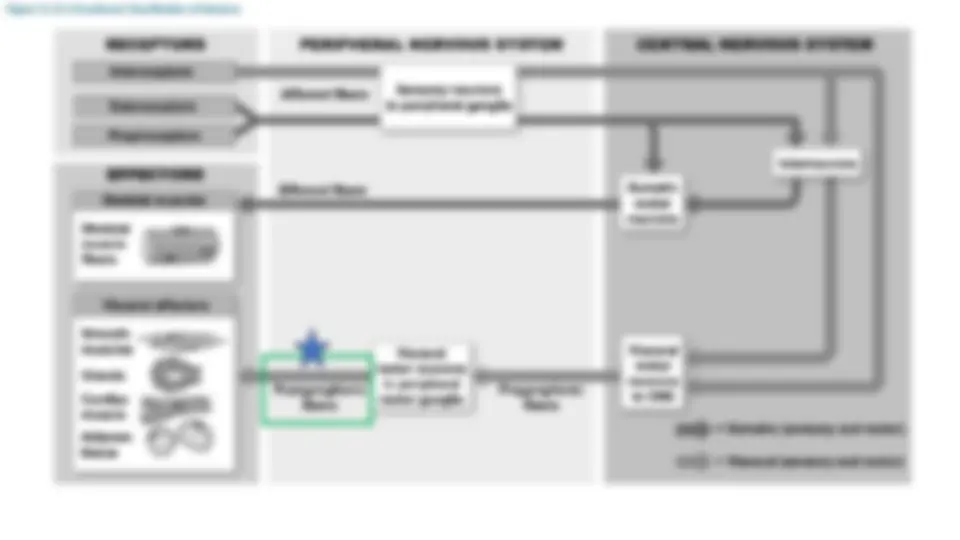
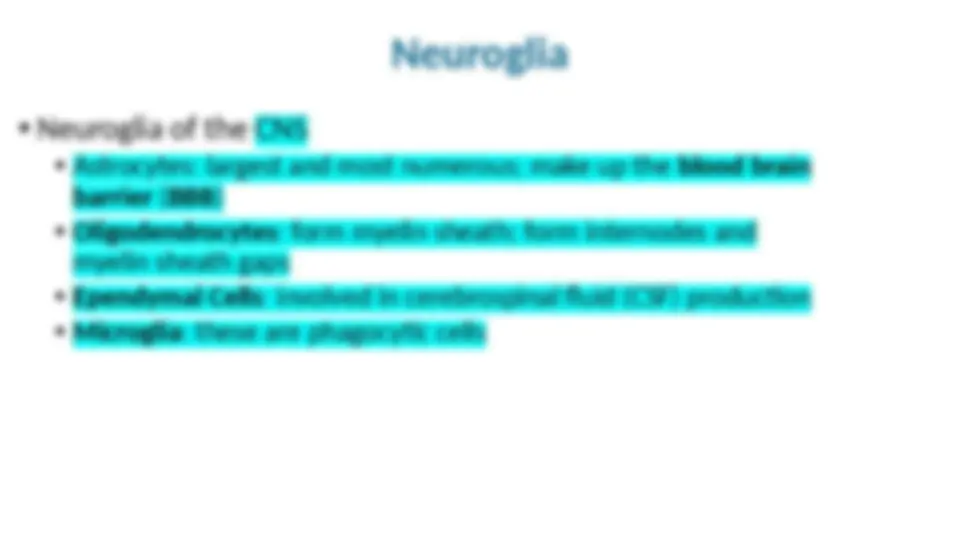
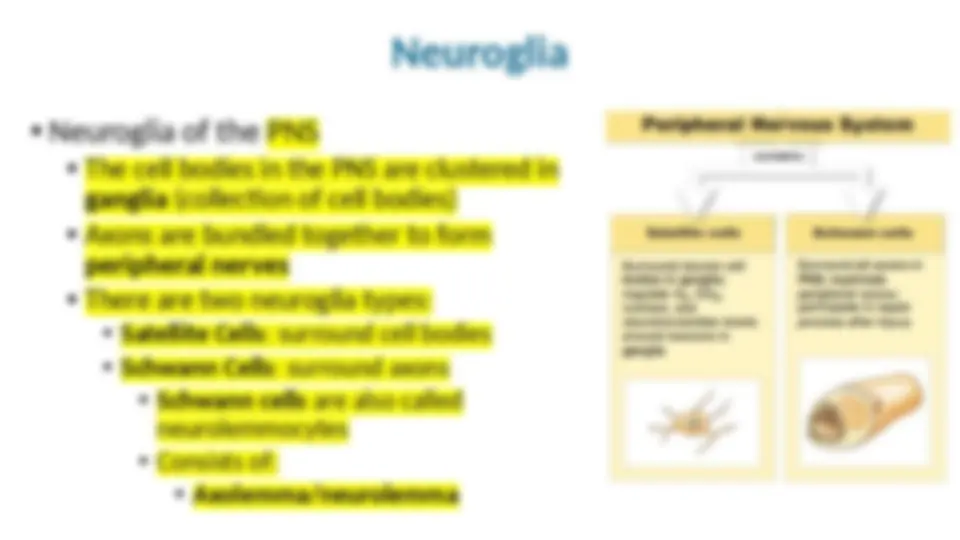
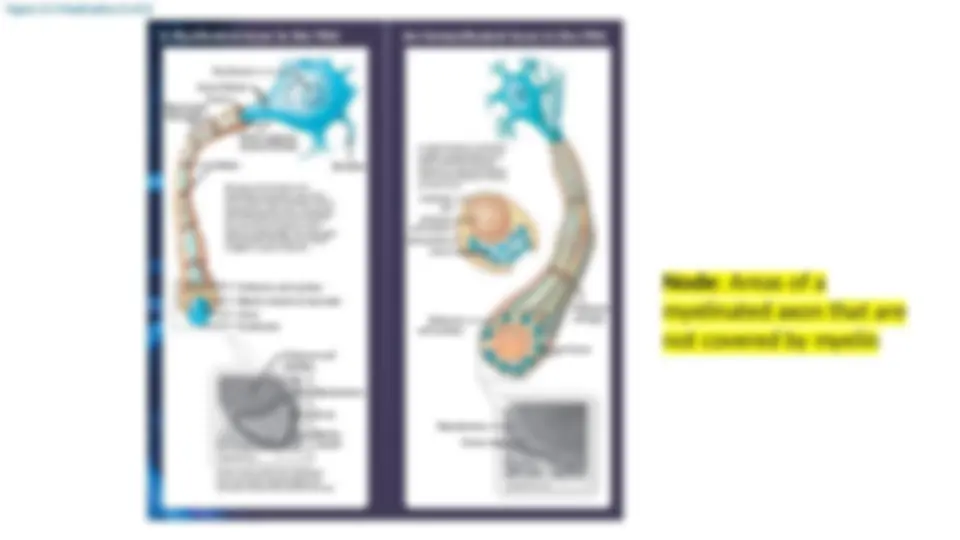
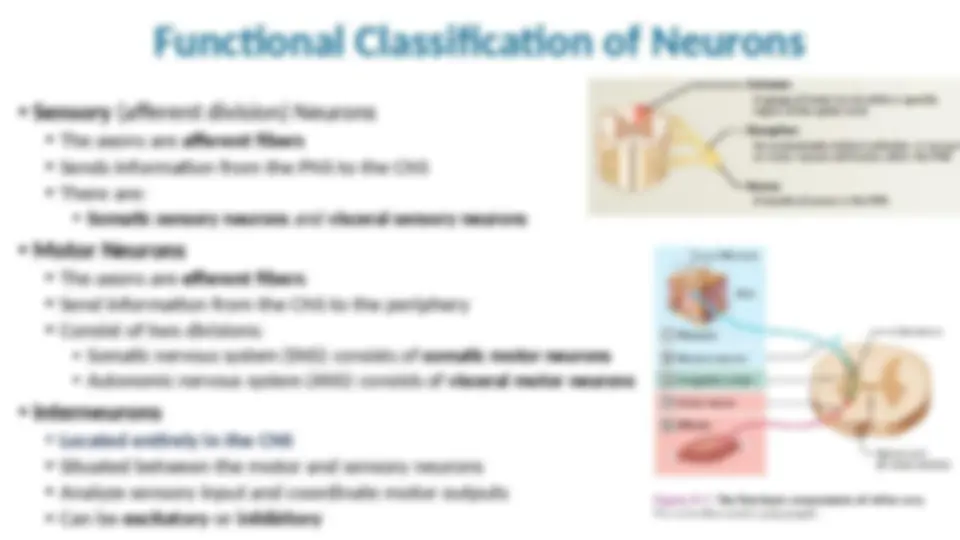
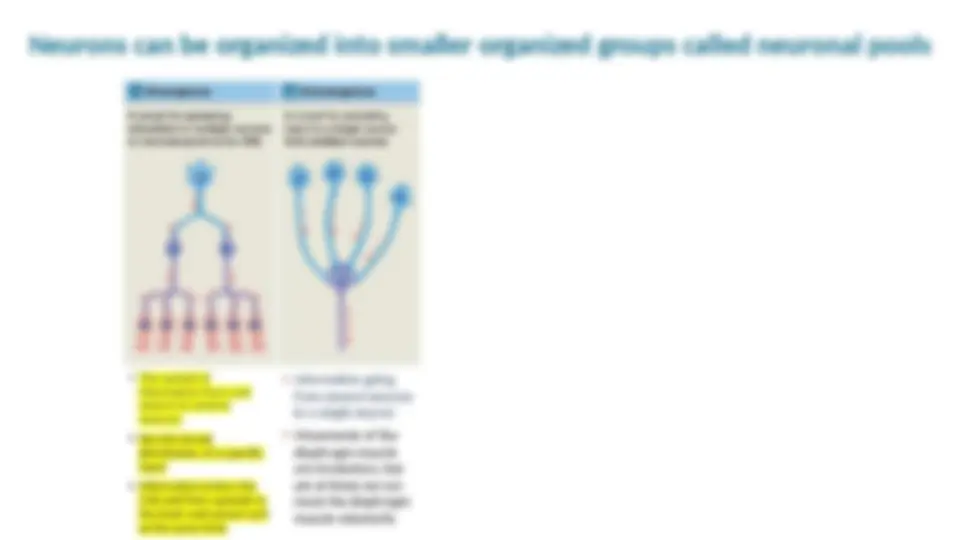
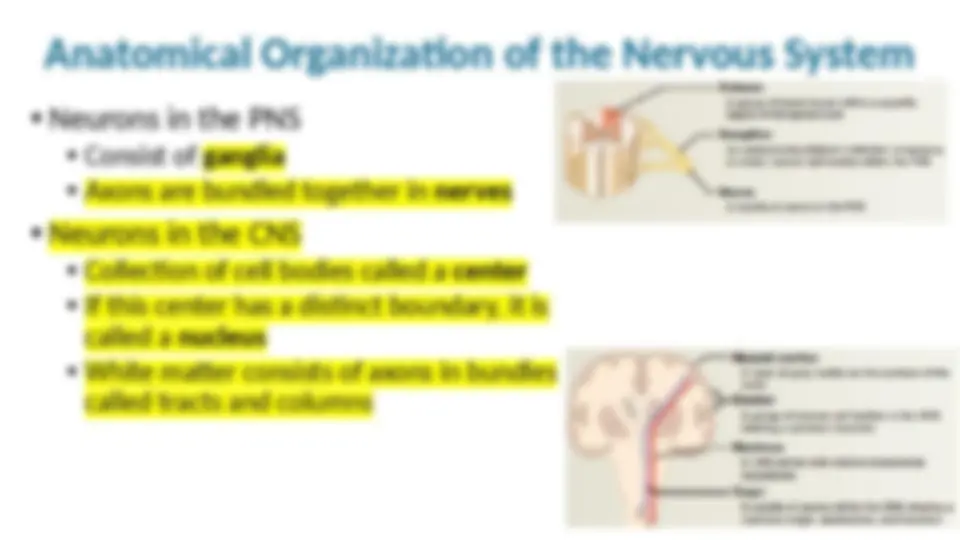
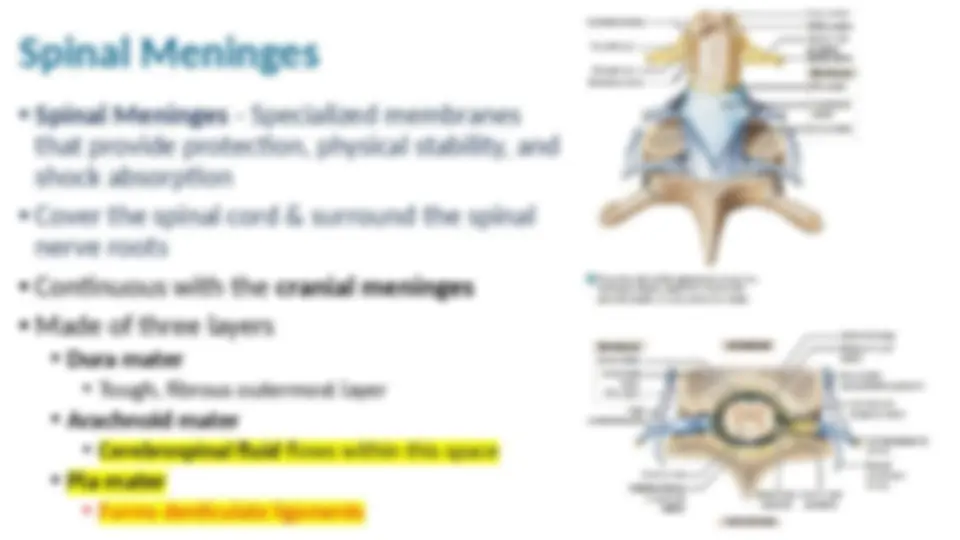
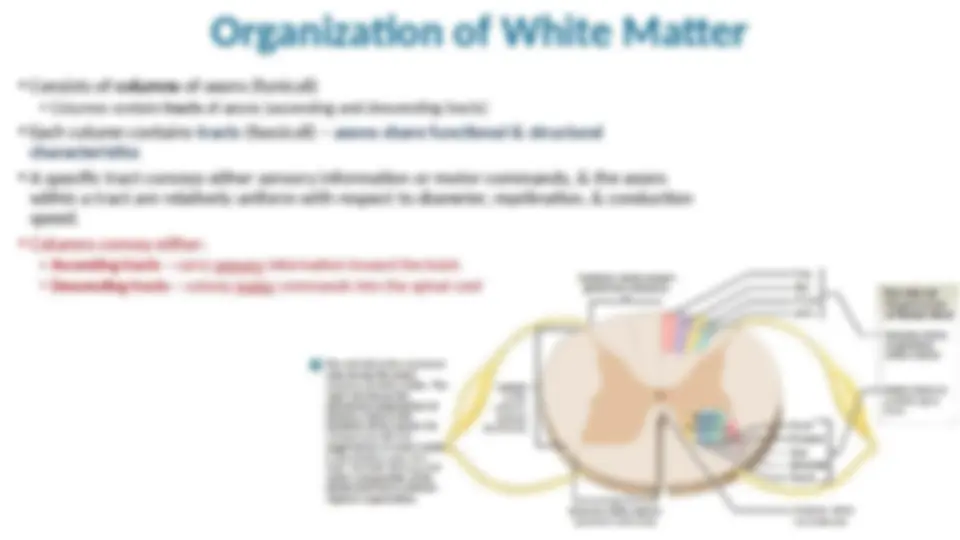
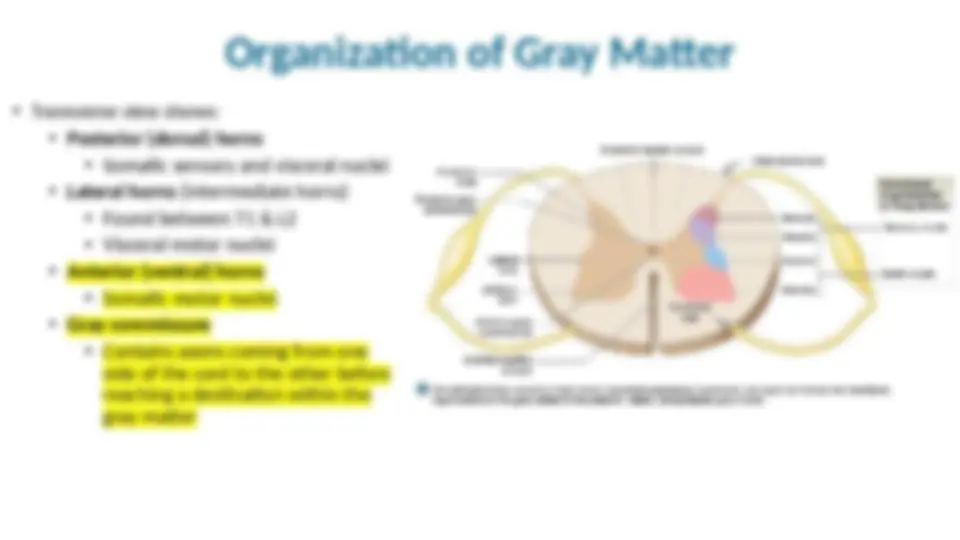
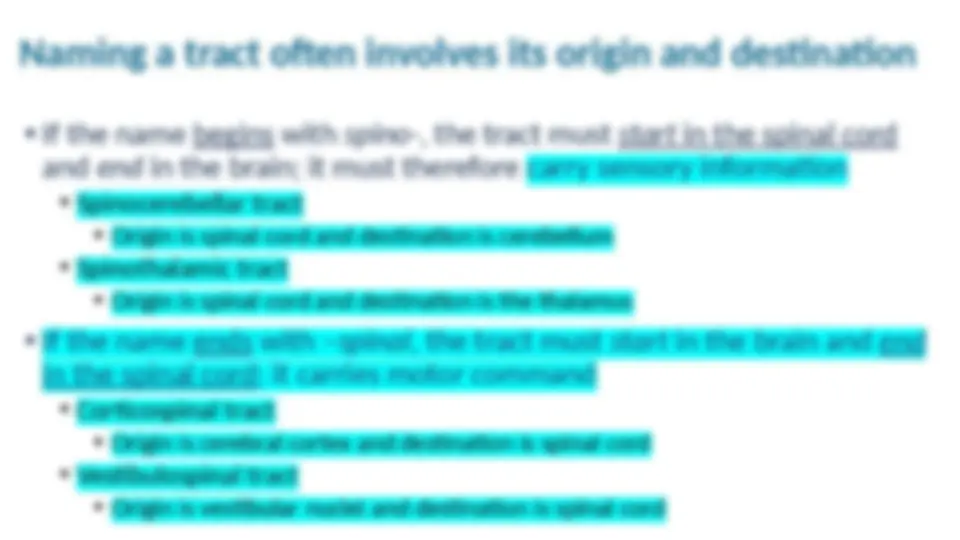
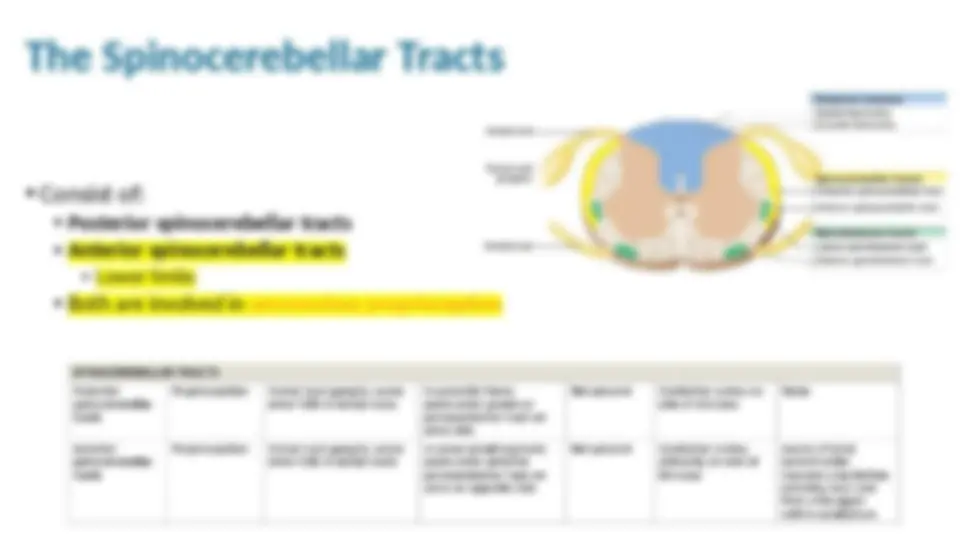


Study with the several resources on Docsity

Earn points by helping other students or get them with a premium plan


Prepare for your exams
Study with the several resources on Docsity

Earn points to download
Earn points by helping other students or get them with a premium plan
Community
Ask the community for help and clear up your study doubts
Discover the best universities in your country according to Docsity users
Free resources
Download our free guides on studying techniques, anxiety management strategies, and thesis advice from Docsity tutors
ANAT260 Week 5 Lecture Midterm Review Chapter 1-11, 13-15 West Coast 2025/ANAT260 Week 5 Lecture Midterm Review Chapter 1-11, 13-15 West Coast 2025
Typology: Exams
1 / 58

This page cannot be seen from the preview
Don't miss anything!



















































Anatomy
Figure 1.9 Abdominopelvic Quadrants and Regions Right Upper Quadrant (RUQ) Right lobe of liver, gallbladder, right kidney, portions of stomach, small and large intestine Left Upper Quadrant (LUQ) Left lobe of liver, stomach, pancreas, left kidney, spleen, portions of large intestine Right hypochondriac region Right lumbar region Epigastric region Umbilical region Hypogastric (pubic) region Left hypochondriac region Left lumbar region Left inguinal region Right Lower Quadrant (RLQ) Cecum, appendix, portions of small intestine, reproductive organs (right ovary in female and right spermatic cord in male), and right ureter Left Lower Quadrant (LLQ) Most of small intestine portions of large intestine, left ureter, and reproductive organs (left ovary in female and left spermatic cord in male) Right inguinal region
Stomach Liver Gallbladder Large intestine Small intestine Appendix Urinary bladder
Spleen a b c
Figure 1.6 Serous membranes of the ventral body cavities
Table 4.1-0 Summary of Structure and Function of Cytoplasmic Organelles (1 of 2) Organelle BLANK Location and function Ribosomes Depicted as a spherical body and a floating second body that is straight and long. Both are depicted as red. Tiny spherical bodies composed of RNA and protein; floating free or attached to a membranous structure (the rough ER) in the cytoplasm. Actual sites of protein synthesis. Endoplasmic reticulum (ER) Depicted as a blue, zig-zagging system of folds and lines, with red spots throughout. (^) Membranous system of tubules that extends throughout the cytoplasm; two varieties: rough and smooth. Rough ER is studded with ribosomes; tubules of the rough ER provide an area for storage and transport of the proteins made on the ribosomes to other cell areas. Smooth ER, which has no function in protein synthesis, is a site of steroid and lipid synthesis, lipid metabolism, and drug detoxification. Golgi apparatus Depicted as a green, zig-zagging system of flat folds. Stack of flattened sacs with bulbous ends and associated small vesicles; found close to the nucleus. Plays a role in packaging proteins or other substances for export from the cell or incorporation into the plasma membrane and in packaging lysosomal enzymes. Lysosomes Depicted as two gray spheres with darker spots and a tan tint. Various-sized membranous sacs containing digestive enzymes including acid hydrolases; function to digest worn-out cell organelles and foreign substances that enter the cell. Have the capacity of total cell destruction if ruptured and are for this reason referred to as “suicide sacs.”
Table 4.1-3 Summary of Structure and Function of Cytoplasmic Organelles Organelle BLANK Location and function Peroxisomes Depicted as a gray sphere with faint spots. Small lysosome-like membranous sacs containing oxidase enzymes that detoxify alcohol, free radicals, and other harmful chemicals. They are particularly abdundant in liver and kidney cells. Mitochondria Depicted as a bean shape, which is cross cut to show a series of zig-zagging folds inside. Generally rod-shaped bodies with a double-membrane wall; inner membrane is shaped into folds, or cristae; contain enzymes that oxidize foodstuffs to produce cellular energy (ATP); often referred to as “powerhouses of the cell.”
Figure 2.17 Mitosis Mitosis is the process that delivers replicated DNA to two daughter cells. It consists of four stages, but the transitions from stage to stage are seamless. Interphase During interphase , the DNA strands are loosely coiled and chromosomes cannot be seen. Nucleus Prophase Early prophase Prophase (PR -f z; pro -, before) begins only after DNA replication has been completed. During prophase the DNA strands coil so tightly that the duplicated chromosomes become visible as single structures. During early prophase, the two pairs of centrioles, which are connected to an array of microtubules called spindle fibers, move apart from each other. Smaller microtubules called astral rays radiate into the surrounding cytoplasm. Late prophase Spindle fibers Centrioles (two pairs) Astral rays Nuclear membrane Centromere Chromosomal As the chromosomes finish their coiling, the nuclear membrane and nucleoli disintegrate.^ microtubules The two copies of each chromosome are called chromatids (KR -ma-tids), and at this stage they are connected at a single point, the centromere (SEN-tr -m r). The spindle fibers now extend among the chromosomes. Some of the spindle fibers bind to the centromeres; these fibers are called chromosomal microtubules. Chromosome with two sister chromatids Metaphase In metaphase (MET-a-f z; meta -, after), the centromeres move to a narrow central zone called the metaphase plate. Chromosomal microtubules Metaphase plate Anaphase Anaphase (AN-a-f z; ana -, apart) begins when the centromere of each chromatid pair splits apart. The two chromatids, now called daughter chromosomes, are pulled toward opposite ends of the cell by the chromosomal microtubules. Anaphase ends as the daughter chromosomes arrive near the centrioles at opposite ends of the dividing cell. Daughter chromosomes Telophase Telophase (T L- -f z; telo -, end) is the reverse of prophase, because the cell prepares to return to the interphase state. The nuclear membranes form and the nuclei enlarge as the chromosomes gradually uncoil. Once the chromosomes uncoil and are no longer visible, nucleoli reappear and the nuclei resemble those of interphase cells. Cleavage furrow Cytokinesis Telophase is the end of mitosis proper, but before cell division is completed the cytoplasm of the original cell must be divided between two daughter cells. This separation process, called cytokinesis ( cyto -, cell, + kinesis , motion), begins when the daughter chromosomes near the ends of the spindle apparatus. The cytoplasm then constricts along the plane of the metaphase plate, forming a cleavage furrow that deepens until the two daughter cells separate. This event is the end of cell division and the beginning of the next interphase period. Daughter cells
Figure 3.1 An Orientation to the Tissues of the Body Chemical or Molecular Level Atoms combine to form Molecules Organic/Inorganic interact to form Secrete and regulate Cells Extracellular Material and fluids Cellular Level Tissue Level Combine to form Tissues Epithelial tissue